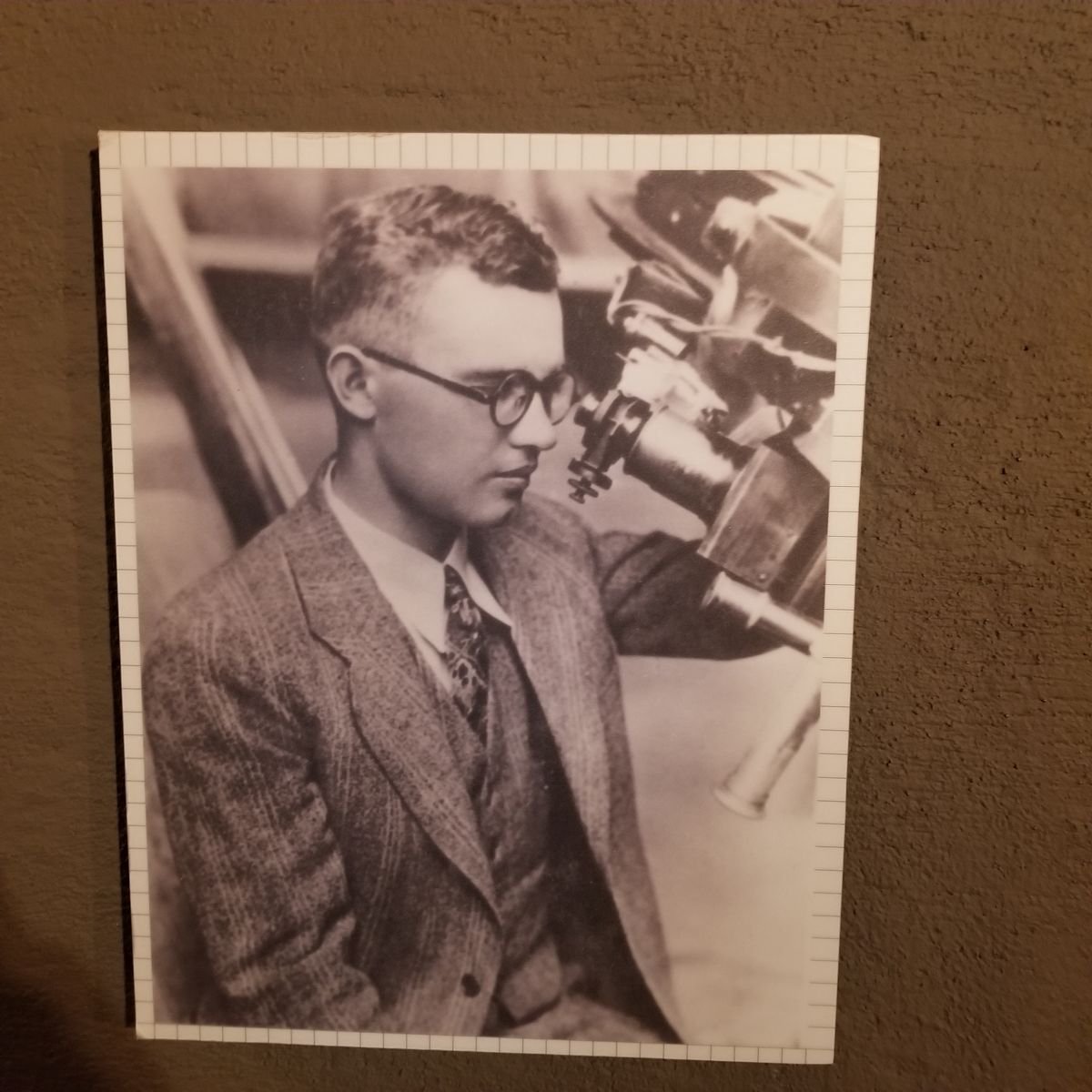About
The universe is vast and full of mysteries. Though we still have a long way to go, over time and with careful observation, many once-mysterious phenomena have been observed and understood. These days, many of those observations and discoveries are made possible by teams of scientists with access to large collections of instruments. But until not too long ago, a single person with a single telescope could discover a whole new planet... or a dwarf planet.
The Pluto Discovery Telescope is an honorary member of an exclusive club of telescopes used to discover planets, since at that time Pluto was considered a planet. The other two members are the 40-foot telescope that William Herschel used for the first observation of Uranus in 1781, and the Fraunhofer Refractor that Johann Gottfried Galle used for the first observation of Neptune in 1846.
A number of astronomers theorized that another planet might exist beyond Uranus, but Percival Lowell was especially convinced. In 1894, he founded the Lowell Observatory, where he dedicated the final years of his life to the search for "Planet X." Unfortunately when he died in 1916, the hypothetical planet was still undiscovered.
More than a decade later, Percival's nephew Roger Lowell Putnam had taken over the observatory and Percival's hunt for Planet X. With $10,000 from Abbott Lawrence Lowell, Percival’s younger brother he built a new telescope. Built in 1928-1929, the Lawrence Lowell Telescope is a 13-inch photographic instrument known as an astrograph. It had an unusual design compared to other telescopes of that time, because it was built specifically as a planet hunter. It has three lenses, which could focus light from distant objects in space onto a glass photographic plate. The design had a large field of view that is more common for survey telescopes these days, but was a bit of an oddity a century ago.
Not long after the telescope was built, on February 18, 1930, observatory assistant Clyde Tombaugh first identified the object that would later be named Pluto. Though Percival Lowell was not alive to witness the result of his life's work, he was commemorated in the creation of the Pluto symbol: ♇. The symbol combines the first two letters of the (dwarf) planet's name, as well as Percival Lowell's initials.
Today, the telescope is no longer in active use, mainly because it relied on photographic plates to image the sky and does not have an actual eyepiece to allow anyone to look through it. This combined with its historical significance has made the staff at Lowell Observatory hesitant to modify it for current use, instead focusing on preservation.
Related Tags
Know Before You Go
The telescope can be visited daily during opening hours of the observatory. Check their website for times and ticket prices.
Community Contributors
Added By
Published
July 12, 2022






































